12 Cafés Every History Buff Needs to Visit
The best historic coffee shops around the world, from Paris to Buenos Aires
/https://tf-cmsv2-smithsonianmag-media.s3.amazonaws.com/filer/1d/1c/1d1cb630-bbf5-469f-91e8-b0a7e08f904a/8608388960_8789fdf273_k.jpg)
You don’t have to be a caffeine addict to appreciate a coffee house with historic décor. Cafés are also wonderful places for a break in a busy travel day, where you can rest your feet and people-watch. Some of the world’s most stunning coffee shops are integral to a city’s history — from Casanova’s old haunt in Venice to the birthplace of extra-potent espresso. These are the best historical coffee shops around the world to visit for both their backstories and the ambiance.
Café Tortoni, Buenos Aires

With its stained-glass ceiling and Art Nouveau Tiffany lamps, Café Tortoni is straight out of the 19th century. It was founded in Buenos Aires at the end of 1858 by a French immigrant named Touan. Then, at the turn of the century, another Frenchman, Don Celestino Curutchet, bought the space and turned it into a hub of artistic activity in the 1920s. Curutchet later founded Buenos Aires’ Arts and Letters Association, and the café’s basement cellar became the group’s meeting place. Today, it remains a gathering spot for coffee and architecture lovers.
Café Central, Vienna
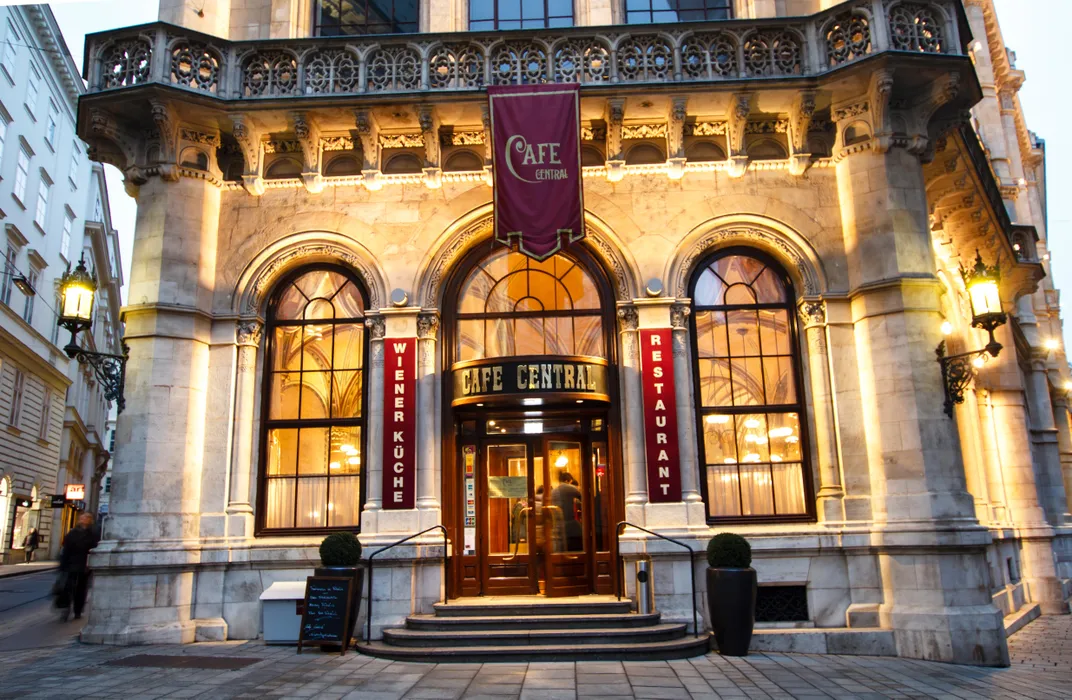
With patrons from Stefan Zweig to Sigmund Freud, Café Central in Vienna served as the stomping grounds for all sorts of Austrian intellectuals. Given its spellbinding grandeur, inspired by Venetian and Florentine architecture, it’s easy to see why the literati visited this café often. Built by Heinrich von Ferstel between 1856 and 1860, the whole construction would have cost about 25 million Euro today, thanks to the interior’s use of stucco lustro, leather wall coverings, and wood paneling. The façade is adorned with sculptures by the painter Hanns Gasser.
Café Louvre, Prague
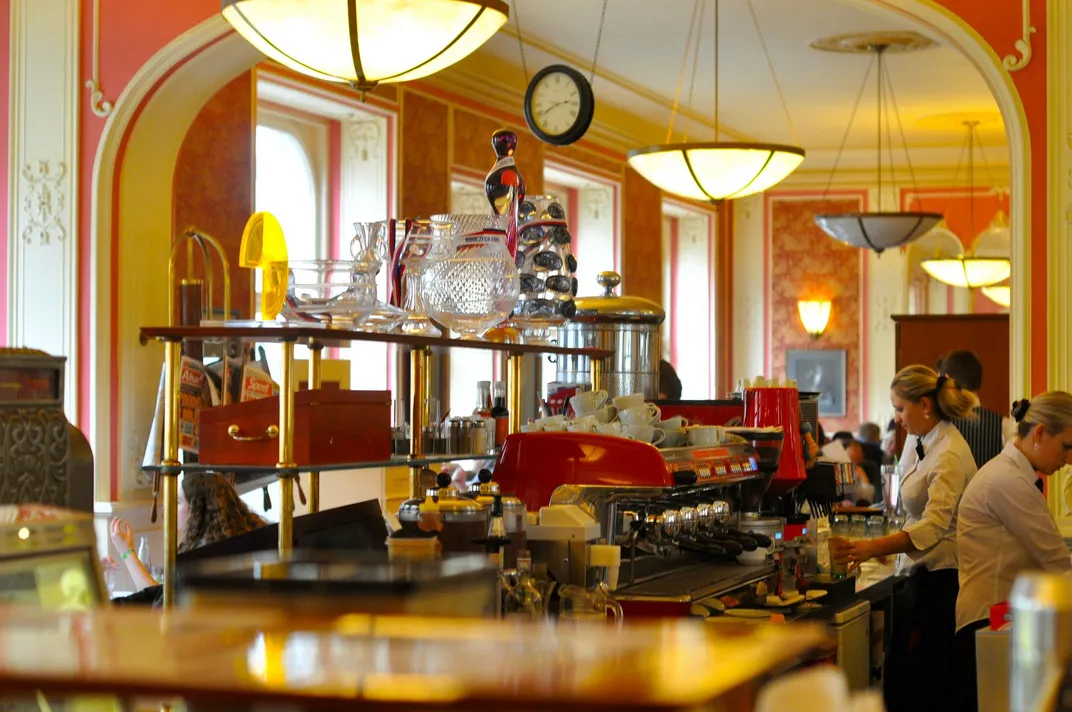
Who wouldn’t want to spend a dreary day in Café Louvre? There, newspapers hang by long wooden clips while a billiard room in the back beckons visitors to take a shot. Founded in 1902, the café, which bears the name of the famous gallery, played host to the likes of Albert Einstein, Franz Kafka, and German writers like Otto Pick. It’s even been said that it served as a meeting place for upper-class ladies plotting their liberation. Make a pit stop here in between visiting Prague’s many museums, galleries, and other things to do.
Queen's Lane, Oxford, England
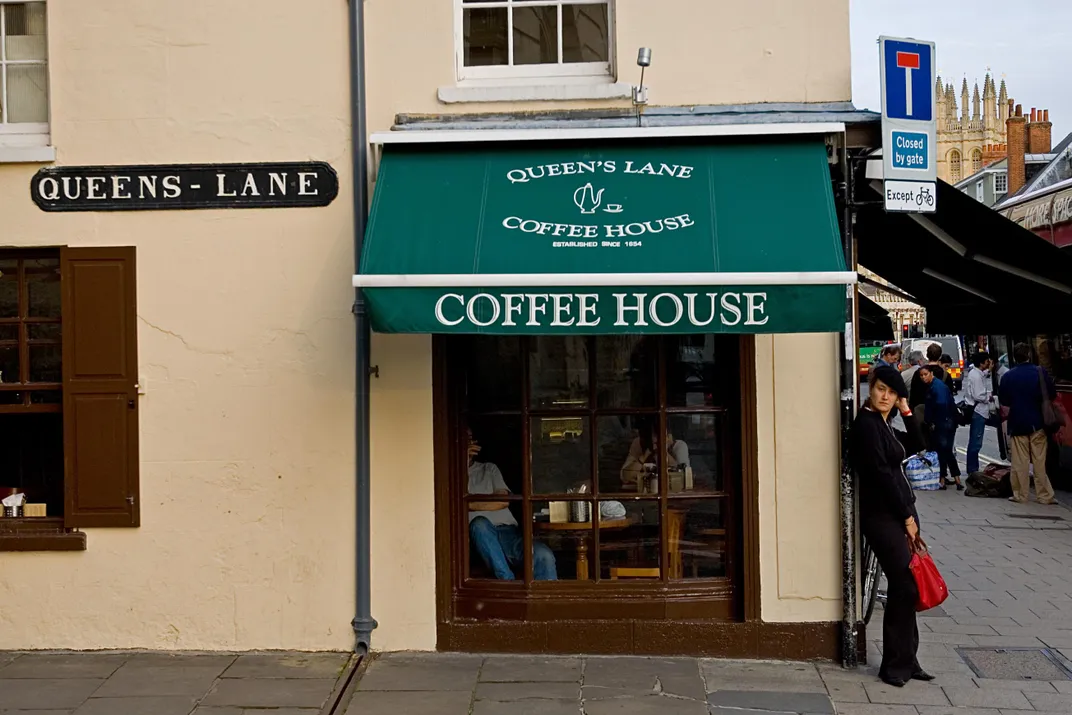
Like many others, Queen’s Lane Coffee House claims to be the oldest coffeehouse in all of Europe. Established in 1654 by a man named Cirques Jobson, it has hosted literary masters, including, quite possibly, J.R.R. Tolkien. A perfect place for families to while away the afternoon, it’s always busy, serves breakfast all day, and specializes in Mediterranean dishes. (Unfortunately, the coffee is not quite as memorable as the cuisine.)
El Fishawi, Cairo
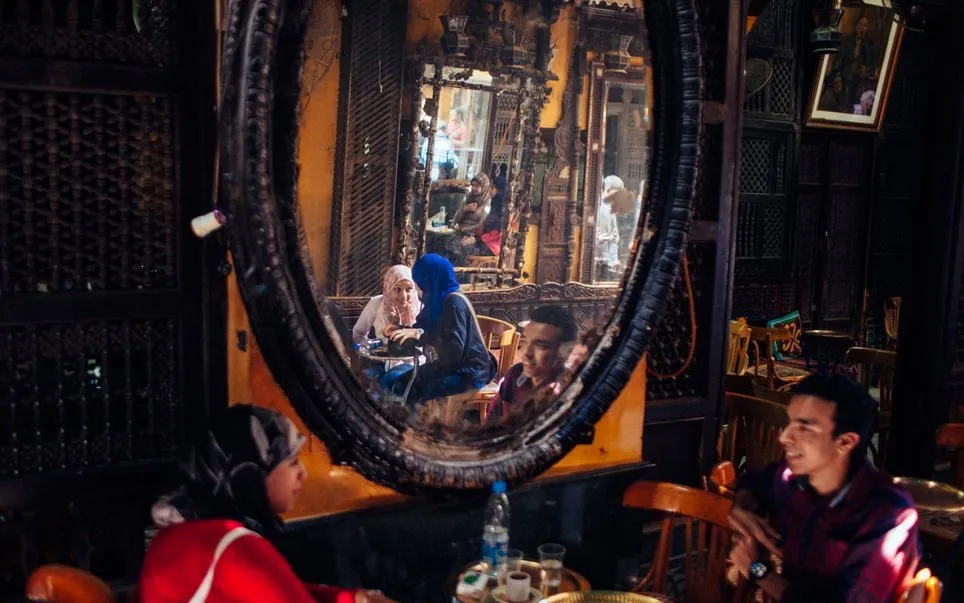
Inside the 14th-century Khan el Khalili bazaar, El Fishawi café in Egypt lures visitors with pots of steamy mint tea, fresh lemonade, apple-flavored shisha, and an ambiance that, like its home city, is smoky, noisy, and always chaotic. It’s the perfect stage for a heated debate or some old-fashioned people watching. If you’re lucky enough to snag a tiny round table, indulge in a long-handled shisha, or traditional Arab water pipe.
New York Café, Budapest
Calling itself “the most beautiful café in the world” may sound snobbish, but this Budapest coffee house lives up to the claim. High-vaulted ceilings and intricate moldings, not unlike those inside the Uffizi in Florence, will make you feel like you’re in a museum. Yet the café was only restored to its original grandeur in 2006. As you try Austro-Hungarian staples like beef goulash and wiener schnitzel, you’ll feel transported back to 1894, when the café opened.
Le Procope, Paris
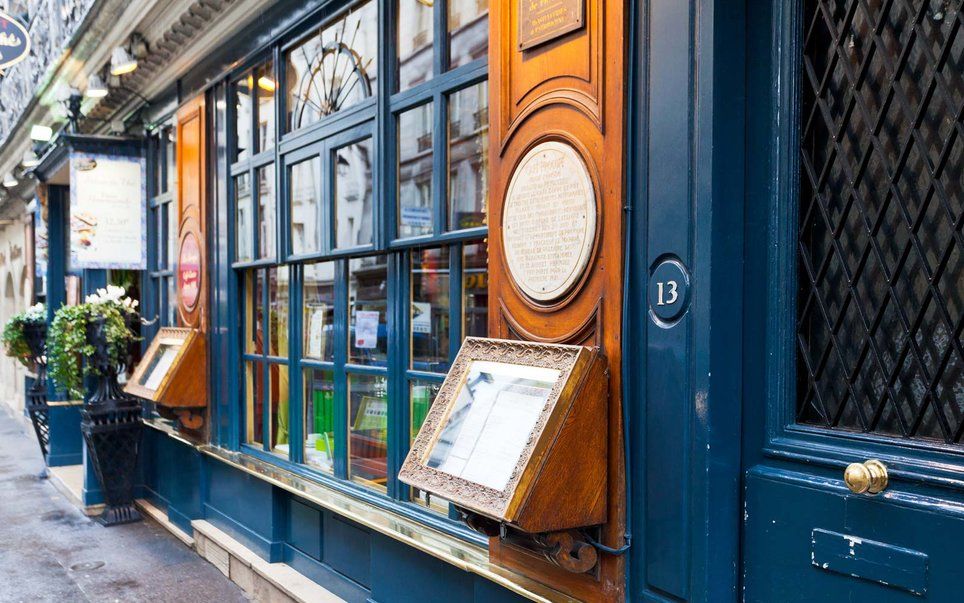
A gelato-loving Sicilian founded the oldest Parisian café in 1686. Francesco Procopio Cutò wooed the intellectual elite of the day, and by the 18th century, his esteemed clientele included Denis Diderot, Voltaire, and Americans like Benjamin Franklin. Some say Voltaire regularly drank up to a hundred espressos a day — mixed with chocolate to help them go down. Though the Parisian café has lost some of its literary allure, the period décor preserves the past.
Baratti & Milano, Turin, Italy
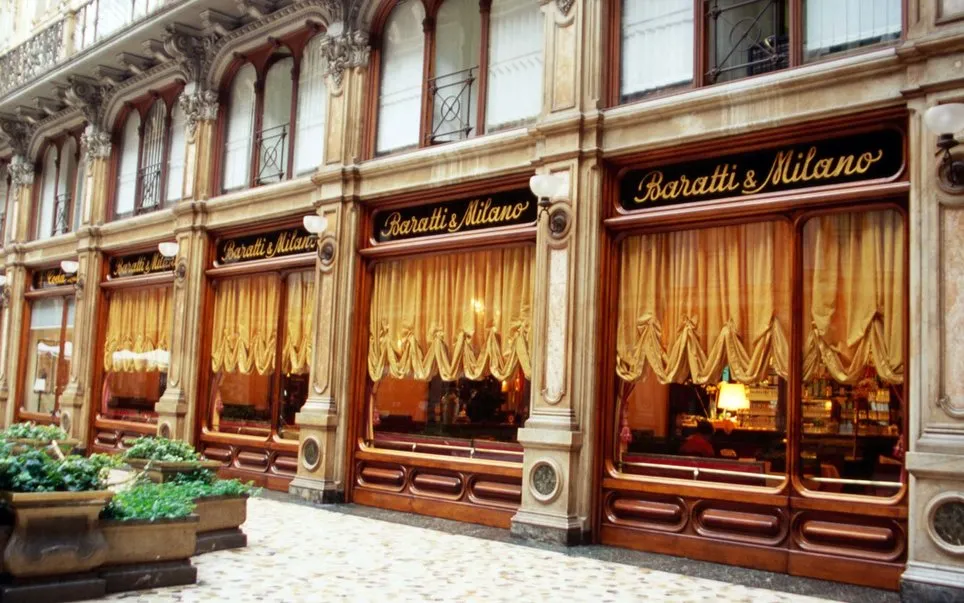
It was 1858 when Ferdinando Baratti and Edoardo Milano opened Baratti & Milano. In 1875, they moved to the Carrera-built Subalpina Gallery, where the richness of the décor was described in a local paper as “delicious.” Before long, Turin’s “beau monde” caught on, prompting the owners to expand the property in 1909. Embellishing the walls with carved double festoons, as well as gilded doors and mirror frames, Baratti & Milano remains as lovely as ever.
See more cafés on Travel + Leisure.
Other articles from Travel + Leisure:
- Why You Can't Miss the Café at the National Museum of African American History and Culture
- The History and Charm of North Carolina's Biltmore Estate
- Counting Down America’s Best Cities for History Buffs
Planning Your Next Trip?
Explore great travel deals
Smithsonian magazine participates in affiliate link advertising programs. If you purchase an item through these links, we receive a commission.